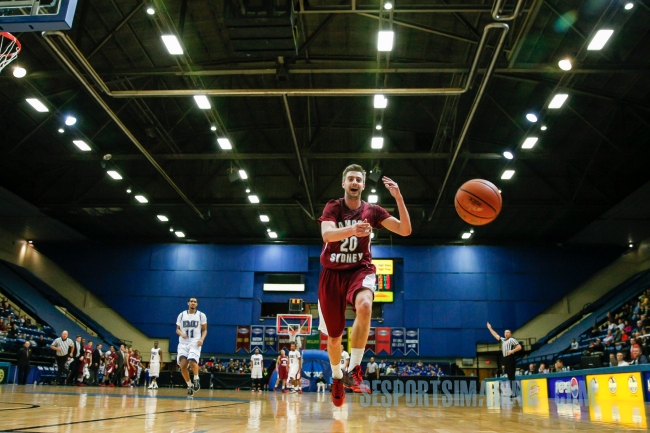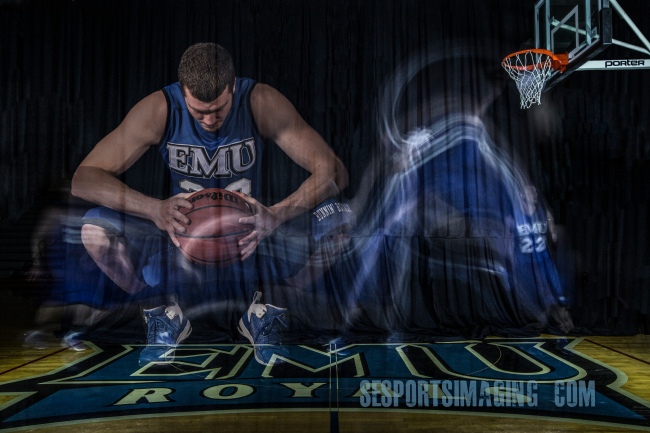 As some of my followers know, an assignment for this blog was to interview a leader in the social media world and someone who I could relate to in some way with the theme of my blog. Last week we had a great opportunity to Skype with Mr Andy Carvin, (Twitter, Wiki) formerly of NPR and currently joining First Look Media, a joint venture that is being financed by the owner of eBay. Andy is a great example of how twitter can be used for raising awareness of issues around the globe. His book Distant Witness is a must read, both for those interested in Arab Spring, but also for anyone who wants to see an amazing way of connecting multitudes around the globe.
As some of my followers know, an assignment for this blog was to interview a leader in the social media world and someone who I could relate to in some way with the theme of my blog. Last week we had a great opportunity to Skype with Mr Andy Carvin, (Twitter, Wiki) formerly of NPR and currently joining First Look Media, a joint venture that is being financed by the owner of eBay. Andy is a great example of how twitter can be used for raising awareness of issues around the globe. His book Distant Witness is a must read, both for those interested in Arab Spring, but also for anyone who wants to see an amazing way of connecting multitudes around the globe.
So if you read my last blog post, I posted 10 questions for Andy Carvin and actually tweeted him to let him know what may be coming in our Skype session the following day. What I did not expect was that he came to my blog, read the questions and then answered them all! Between the Skype interaction we had and him taking the time to respond to my questions I have been blown away by Andy and his willingness to connect with people just like me, when he has so many other bigger things that seem so much more important going on.
A brief clarification about the inspiration for the questions I posed. They related to two pieces of Andy’s work, 1. Distant Witness, his book about his involvement in Arab Spring, especially the way he tweeted it and shared the story of what was going on. 2. Mind The Gap, an essay he wrote regarding the internet and its accessibility to all, especially those in lower income situations, or areas without accessibility and how it could affect things like the sharing of knowledge.
I want to thank Andy Carvin for taking the time to respond, and without further ado, here is what Andy had to say…










• How does your tweeting make a difference? If you weren’t tweeting them, how could have conflicts you covered been affected differently?
I don’t think this is something that could ever be answered. There’s been a ton of debate in the last three years over whether or how much social media played a major role in these revolutions, but there are too many variables, like the role played by Al Jazeera, txt messaging, etc. I’m of the mind that these platforms affected the revolutions to one extent or another, but it varied from place to place. Also, I think it would be presumptuous on my part to assume that my personal tweeting impacted anything beyond the public’s understanding of what was happening.
• How do you authenticate a source? How have you been burned by sources who turn out to not be authentic?
I’ve never been burned like that before. Especially during the Arab Spring, the people who were out to mess with me weren’t very good at it. But there are all sorts of ways of authenticating a source, generally boiling down to figuring out who you might know in common and talking to those people about them. Meanwhile, social media leaves a paper trail behind, allowing me to examine everything they’ve posted and everyone they’ve interacted with. So piecing these things together make it possible to get a read on a potential source pretty quickly.
• In regards to Mo and his video feed, how was live tweeting beneficial? Was your live tweeting more like advertising for the live feed or were followers choosing to just read your tweets and not participate or view the live feed you would offer a link to?
My live-tweeting of Mo’s feed was primarily just another way for my Twitter followers to experience the Libyan revolution. I don’t know how one would quantify how many of my followers ended up watching the feed directly. On one level, I was trying to get more people to watch his feed, but more importantly, his feed was another important source of real-time information that could be integrated into the conversation already taking place on Twitter.
• How were you able to develop the contacts and following that you have? You had to start somewhere, with nothing, how did you build it up to where you are now?
I joined Twitter in February 2007. It took me about a year to reach my first 1000 followers, and when the Arab Spring started, I was at around 20k followers. But the numbers don’t mean much. It’s always been more importantly to focus on the contacts I make on Twitter, and their expertise. Much of that built up over the years through live-tweeting other news stories, but also simply by talking about the stuff that interests me, and to people who I found interesting. It grew organically, until it reached a critical mass at the start of the Tunisian revolution, and then went crazy after that.
• Are you in some ways just a collector and distributor of information operating from a safe distance, connecting an audience to sources? Or do you identify more as being directly involved in the issues/conflicts that are going on almost as if you were at ground zero.
Well, that’s why I called the book Distant Witness. 🙂 My primary role was to tell the stories of the revolutions, particularly stories that wouldn’t have been possible to document before the age of social media. But I never saw myself as a proxy or an extension of these revolutionaries. I was able to amplify their experiences and hopefully help people feel more informed about the situation, but I never endorsed a particular policy position beyond the general notion that dictators are bad and freedom is good. Each revolution needed to chart out its own path.
The situation re: the digital divide has improved a lot in the last decade as far as overall access goes, but those communities that remain offline are impacted by that lack of access more acutely than ever before, as there’s a general attitude in our society that every is online. As long as there are economic and educational disparities, unfortunately, there will always be a divide, so the ongoing challenge is how to mitigate it.
• Do you think that one day, we might see a “new” internet, that is protected and used solely for the purposes of sharing educational based material? (i.e. almost like putting a parental control or filter, keeping out irrelevant information)
God, I hope not. It’s bad enough that we’re seeing Internet companies trying to partition the Internet for their own profit, not to mention governments doing the same to isolate their citizens from the rest of the world.
• Is there a difference for you if you are tweeting live and “on location” versus collecting information from “on location” sources, disseminating their messages and then sharing that information from a distant location? Is one better or worse?
They’re not better or worse; they’re different methods that are more appropriate in different contexts. I’m not one of these people who advocates ending the tradition of foreign news bureaus in favor of more effective use of online reporting. Offline and online reporting excel at telling different types of stories, and we should encourage both.
• Twitter and text messaging seem to be big culprits in a deterioration of spelling, grammar and punctuation particularly in current youth and young adults; and could be considered culprits of a growth in illiteracy. How could twitter be used to promote proper spelling, grammar and punctuation; ultimately helping support the fight against illiteracy?
I don’t find this a major issue. Twitter isn’t designed for long-form writing and grammar. I think it’s more important to teach people the appropriate ways to communicate in different circumstances, and knowing when it’s appropriate to communicate that way.
Nope. I donated it to them and signed it away to them so it could be added to their permanent collection. It should go on display in the spring of 2015.